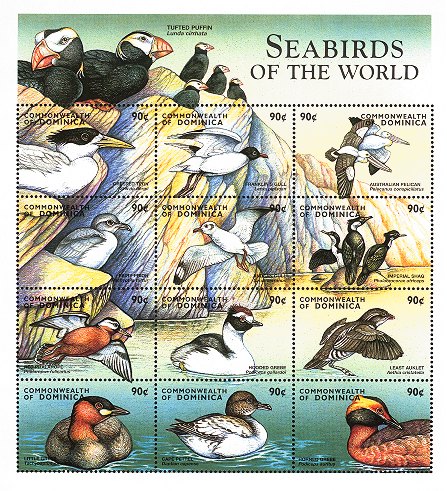SEABIRD numbers are continuing to dwindle according to a new report which has sparked renewed calls for action to avoid internationally important species vanishing from Scotland’s coasts. Figures from Scottish Natural Heritage (SNH) show a continuing downward trend in the number of seabirds nesting on Scottish shores, with numbers falling by almost half (46 per cent) since the 1980s and eight per cent in the past five years. Counts carried out across the country found nine of the 11 species studied since 1986 have shown a marked decline, with the Arctic skua suffering the most severe drop. Populations of the bird were last year at their lowest since the study began, showing an overall drop of 80 per cent and a five per cent drop between 2011 and 2012. The Arctic tern and black-legged kittiwake have also experienced marked declines, with numbers dropping by 72 per cent and 68 per cent respectively. Only two species, the black guillemot and common gull, were shown to have stable populations. Conservationists say the updated report confirms their “worst fears” and urgent steps must be taken to halt the seabirds’ decline.
Alex Kinninmonth, living seas policy officer for the Scottish Wildlife Trust, said: “The alarm bells have been ringing for the last decade or more, and the seabird monitoring report ... really just confirms our worst fears that seabirds continue to suffer from changes in Scottish coastal waters.
“There are no more excuses for inaction, the powers are available to create protected areas at sea that safeguard key habitats for sand eels, a key prey item for many of our seabirds, like kittiwake.”
Allan Whyte, marine policy officer at RSPB Scotland, said: “These figures from SNH add to the mountain of evidence indicating that Scotland’s iconic seabirds are in desperate need of proper protection. RSPB Scotland has been calling on the Scottish Government to designate MPAs for seabirds for the best part of a decade.”
The majority of the UK’s seabirds – about four million of 24 species – nest around Scotland’s coasts. The recent drop in numbers follows two decades with occasional years of poor breeding, but the trend has happened more often and more markedly since the last official seabird census in 2000.
The most serious declines have been seen in Orkney and Shetland.
Source: The Scotsman, 11 October 2013
http://www.scotsman.com/news/environment/scottish-seabird-numbers-conti…

- Log in to post comments
